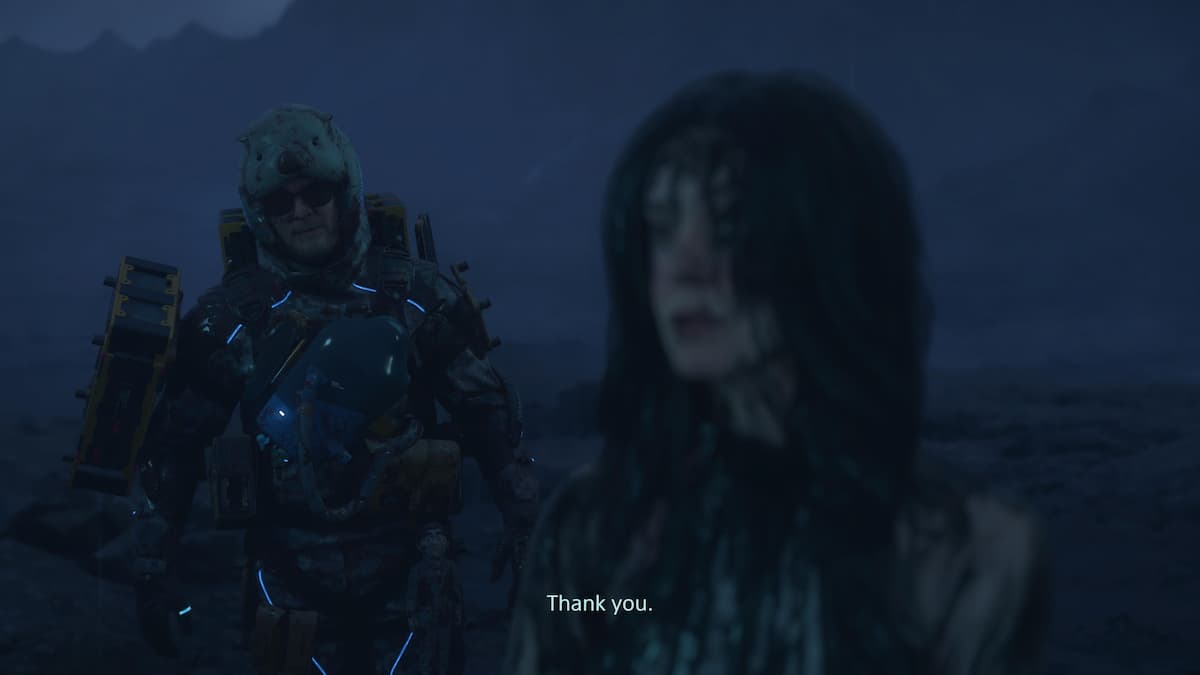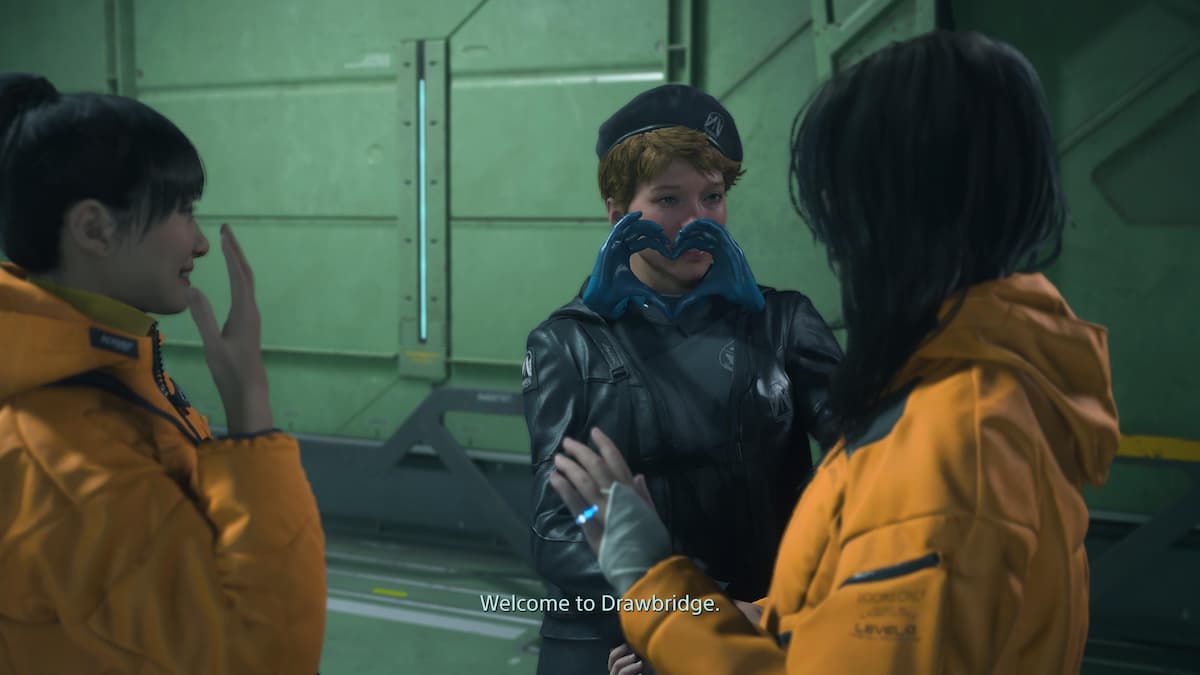Do be warned that this article contains spoilers for the first two chapters of Death Stranding 2: On the Beach.
2019’s Death Stranding was an oddity. Not only did it feature Hideo Kojima’s trademark style of unnecessarily convoluted storytelling and twists, the very concepts introduced in that game were confusing in their own right. DOOMS? BTs? Ha and ka? Death Stranding was an alphabet soup of proper nouns. Its 2025 follow-up, Death Stranding 2: On the Beach, is also an alphabet soup of proper nouns but with one crucial difference: it has a simpler emotional core, and that makes for a much stronger story.
Of course, Death Stranding 2 has the inherent advantage of being a sequel. If you’re jumping into this game, it assumes that you’re already somewhat familiar with concepts introduced in its predecessor. You should have a general idea of what Bridges is, what DOOMS is (spoiler: I still don’t, not really), and what the chiral network is. It also assumes that you’re familiar with Sam’s relationship with Lou, since all that was already established in the first game. With those assumptions in place, Death Stranding 2 is freed up to get into the meat of the story. It’s free to expand on those pre-existing relationships, which is what makes Death Stranding 2 so immediately compelling from the start.

Even in its opening scenes, Death Stranding 2 is able to quickly re-establish Sam’s bond with Lou. We already know what they had to go through together in the first game, so just seeing them sitting on a cliff’s edge together is enough to remind us of Sam’s love for her. Little details like Sam holding Lou close to his chest as he traverses along a ridge, or soothing her with gentle coos tell us that, yes, we are indeed playing Norman Reedus Dad Simulator 2: Dad Harder.
Soon after, we’re reintroduced to Fragile, whose affection towards Lou is also immediately believable and convincing because we’ve seen her be there for Sam in the first game. Death Stranding 2 wastes no time in reintroducing its key characters, quickly reminding us of their bonds and how far their relationships have progressed within the first hour, then rips all that away to create a strong emotional core that the audience can easily relate to.
At the end of the first act, we’re led to believe that Lou has died. Once again, Sam’s grief is instantly convincing because we already know how deeply he cares for her. Both Sam and Fragile grieve over Lou’s death in different ways: he seems to be coping by pretending she’s still alive as a fetus in his little chest container, while she’s turned to smoking. Eventually, both of them seem to decide that the best way to grieve and move on is by going on another trek across the continent to establish the chiral network in Australia.
Now don’t get me wrong. Storytelling has never been Kojima’s strong suit. Despite the strong emotional performances from the cast, there are some things about Death Stranding 2‘s story that make zero sense. Sam’s lack of agency, for one, is baffling. His toddler daughter’s dead, so he decides to go travel across Australia just because? He questions Charlie’s motivations for wanting to extend the chiral network and says it’s basically just colonialism, but goes along with it anyway because doing this for a private organization is somehow better than doing it for the government? Make it make sense, Kojima.
In spite of these weird logical leaps, however, Death Stranding 2 makes it work because the emotional core of the story is easy to follow. It’s easy to understand why Sam and Fragile are grieving, and why Sam is so distant and non-committal in his responses to other people. It’s even easier to understand why Sam has such empathy for Tomorrow when she eventually joins the crew on the DHV Magellan. He recognizes that she’s been unmoored with no familial ties and he relates to that. His only reasonable response is to show her compassion and let her stay on the ship.

It helps that Death Stranding 2 also opts for a more ensemble-based approach to its cast of characters this time around. In the first game, you were introduced to a whole slew of major characters right at the very start, but when Sam goes on his journey, it feels like you’ve immediately left them all behind and they become nothing more than holograms that talk at you when something needs to get done. It’s why it feels like such a treat whenever Sam and Fragile actually interact with each other in-person. It’s like the game starves you of human connection for the majority of its runtime that whenever you get some sort of proper interaction between the characters, it’s like a shot of dopamine. I’m pretty sure that’s what Kojima was going for anyway, with his themes of connection in his strand-type games.
So I guess what I’m saying is that it’s a good thing, then, that Death Stranding 2 is a lot less stingy with character interactions. The DHV Magellan is a major new feature introduced here, and it’s where your crew gathers for important story developments and discussions. As you meet new characters, they eventually come onboard the DHV Magellan as well, making it feel like you’re putting your own little RPG party together as you go. There’s more time for the individual characters to shine as a result, and it’s made coming back to the ship in-between Orders more exciting as you truly feel like you’re coming home after a long day to see what your housemates are up to.
These changes help Death Stranding 2 feel more grounded and simpler, such that it doesn’t really matter if you can’t fully comprehend what Deadman means when he talks about his ha and his ka. You understand the emotional motivations of each character. You understand what the stakes are, and that’s all you need to keep going.


